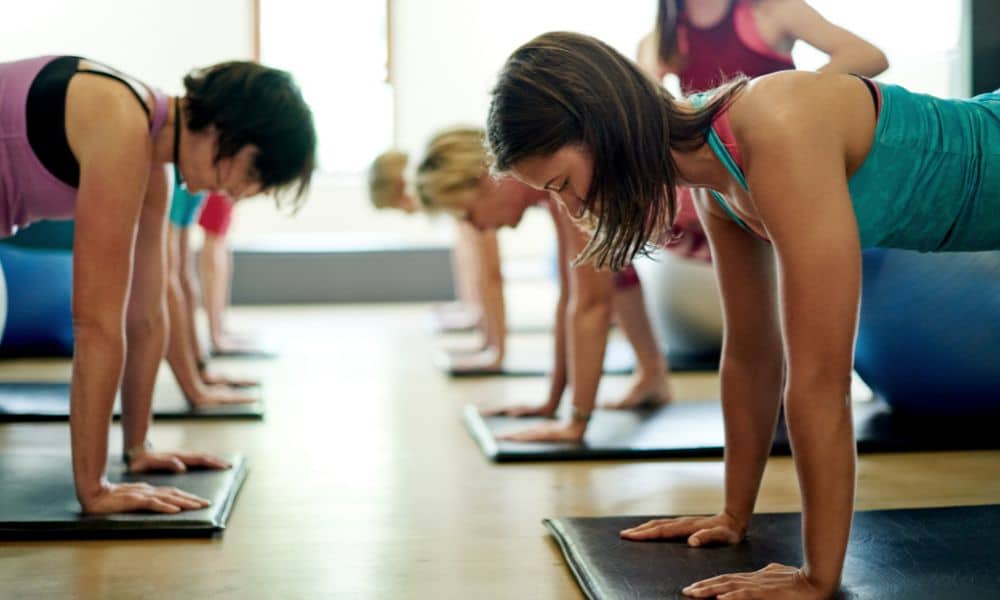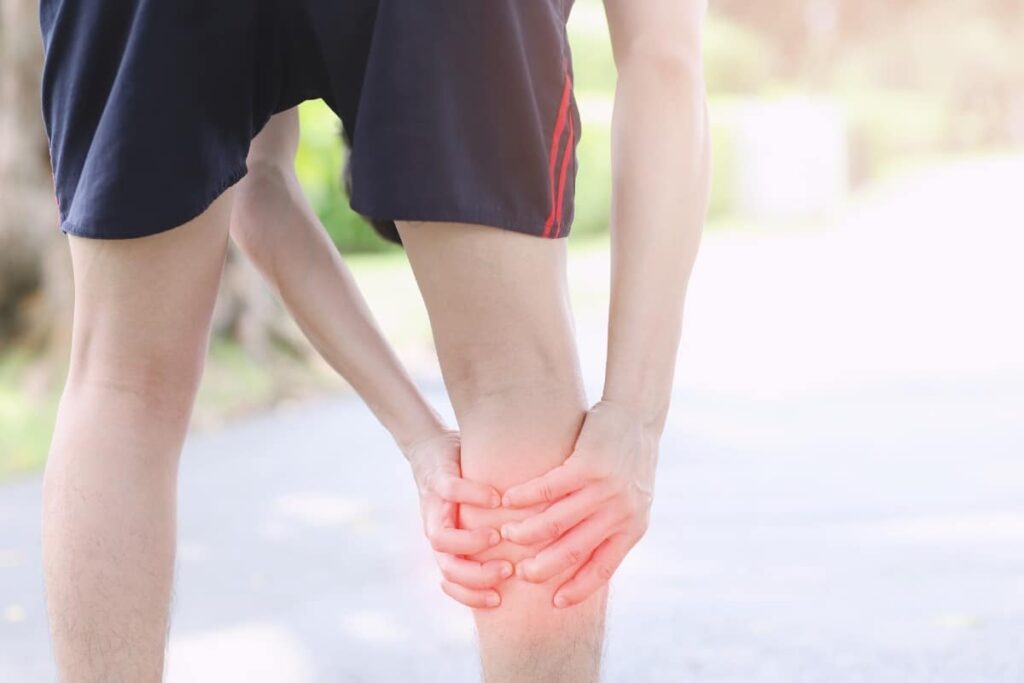The squat is a powerful exercise for building muscle, but it also comes with concerns about joint health, particularly regarding the knees and lower back. Proper squat technique is essential not only for muscle development but also for preventing injuries and preserving joint integrity. This article will discuss how to perform the squat safely to protect your knees, back, and joint health while still reaping the muscle-building benefits of this fundamental movement.
Understanding Squat Mechanics
Before delving into the specifics of joint protection, it’s crucial to understand the mechanics of a proper squat:
- Knee Alignment: Knees should track over the toes and not cave inward.
- Hip Hinge: Initiate the movement by hinging at the hips, not by bending the knees first.
- Neutral Spine: Maintain a neutral spine throughout the movement to reduce pressure on the vertebrae.
- Weight Distribution: Keep the weight distributed across the whole foot, not just the toes or heels.
Protecting Your Knees
To safeguard your knees during a squat:
- Warm-Up Adequately: Begin with dynamic stretches and light, bodyweight squats to increase blood flow to the knee joints.
- Strengthen Supporting Muscles: Strengthen the quadriceps, hamstrings, and calves, which support knee stability.
- Avoid Over-Extension: Locking the knees at the top of the squat can place undue stress on the joint.
- Increase Flexibility: Work on ankle and hip flexibility to improve depth without compromising knee position.
Protecting Your Lower Back
The lower back is another common area of concern when squatting:
- Core Engagement: Engage your core muscles before descending to stabilize the lower back.
- Bar Position: Whether you choose a high-bar or low-bar position, ensure it’s comfortable and doesn’t strain your back.
- Avoid Excessive Forward Lean: While some forward lean is natural, excessive leaning can stress the lower back.
- Proper Breathing: Use the Valsalva maneuver – a deep breath held in during the lift – to increase intra-abdominal pressure, which supports the spine.
Squat Variations for Joint Health
If traditional squats are challenging for your joint health, consider variations:
- Box Squats: Squatting to a box can help control depth and reduce strain on the knees and back.
- Front Squats: These can reduce the strain on the lower back by encouraging a more upright torso.
- Wall Squats: These can help beginners build leg strength with reduced risk to knee and back health.
Incorporating Squats into Your Routine
When including squats in your muscle-building routine, always prioritize joint health:
- Start with Light Weights: Master the form before adding heavy weights.
- Progress Gradually: Increase the weight progressively to allow your joints to adapt.
- Rest and Recovery: Give your joints time to recover between intense squat sessions.
- Listen to Your Body: Pain is a signal to stop and reassess your form or the weight you’re using.
Conclusion
Squats are an invaluable exercise for building muscle mass, but their execution requires a focus on preserving joint health. By following the guidelines for knee and back protection, you can make the squat a safe, effective cornerstone of your muscle-building program. Remember, longevity in training comes from a balance of strength, flexibility, and proper technique, ensuring that you can continue to squat healthily for years to come.




